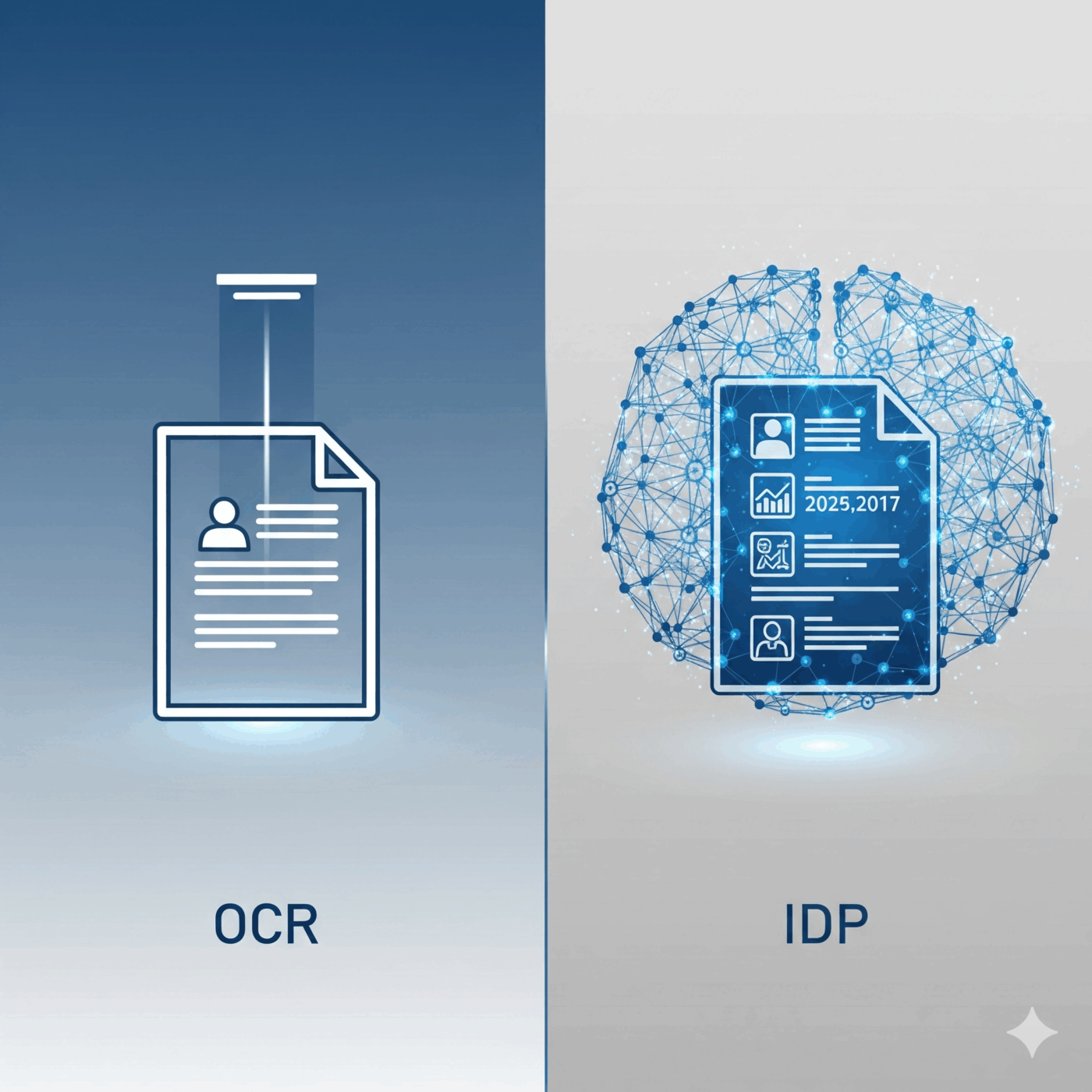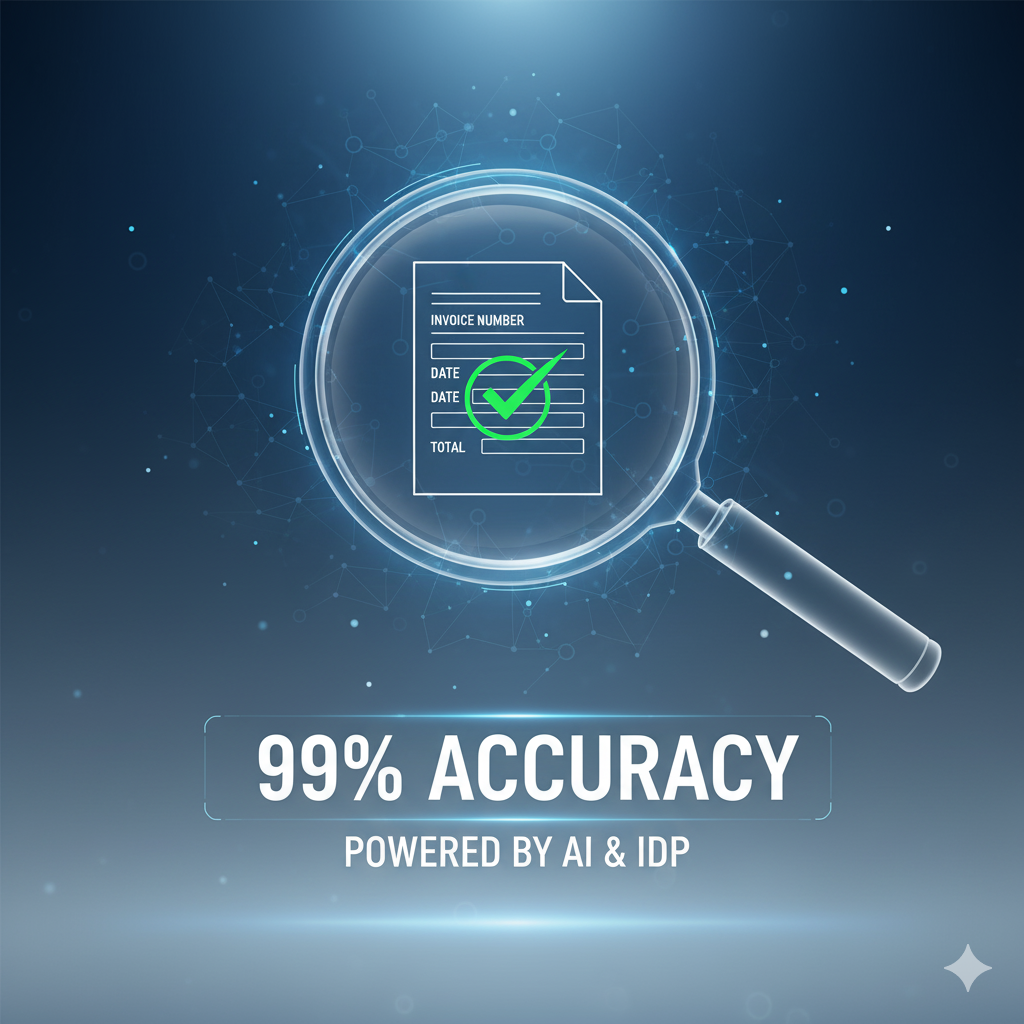The conversation around automation in finance often centres on a single, misleading fear: the replacement of people.
This narrative misses the entire point of the technology.
Automation isn’t about eliminating skilled professionals; it’s about eliminating the soul-crushing, low-value work that prevents them from doing their best work.
Invoice automation is a tool of empowerment.
It is a strategic investment designed to free your finance team from the daily grind of transactional tasks and elevate them into the analytical, strategic roles where they can drive significant business value.
This is how you transform a cost centre into a powerhouse of insight.
The Daily Reality of a Manual AP Process
To appreciate the transformation, you must first understand the sheer volume of unproductive work that bogs down a typical finance professional.
Their days are often consumed by a reactive cycle of manual tasks that, while necessary, contribute very little to the company’s strategic goals.
This daily reality is a checklist of efficiency killers:
- Manual Data Entry: Hours spent keying in data from hundreds of invoices, a task that is both tedious and fraught with a high risk of error.
- Chasing Approvals: A significant portion of the day is lost to sending reminder emails, making phone calls, or physically walking documents to managers’ desks to get a signature.
- Exception Handling: An invoice mismatch brings all work to a halt. The team must then launch a time-consuming investigation, coordinating between procurement, suppliers, and receiving departments to resolve the discrepancy.
- Responding to Supplier Inquiries: Industry data shows finance teams can spend up to a third of their time answering phone calls and emails from suppliers asking, “What is the status of my payment?”
- Physical Filing and Retrieval: The time spent printing, filing, and later searching for physical documents for audits or queries is a complete drain on productivity.
This constant firefighting leaves no room for proactive, strategic thinking.
The team is perpetually behind, stressed, and unable to leverage their professional skills to their full potential.
The Shift from Transactional to Strategic
When you automate these routine tasks, you don’t make your team redundant; you make them more valuable.
You give them back the one resource they cannot create more of: time.
This reclaimed time allows your finance professionals to transition from being transaction processors to strategic business partners.
Becoming Proactive Data Analysts
In a manual system, invoice data is locked away in filing cabinets or disparate spreadsheets.
With automation, this information becomes a clean, structured, and instantly accessible dataset.
Your team is empowered to:
- Analyse Spending Patterns: They can easily identify trends in departmental or supplier spending, providing actionable insights for better budgeting and cost control.
- Identify Savings Opportunities: By analysing payment data, they can pinpoint opportunities to consolidate purchasing with key suppliers to negotiate volume discounts.
- Improve Cash Flow Forecasting: With real-time visibility into liabilities, the team can provide far more accurate cash flow forecasts, enabling better strategic financial planning.
Cultivating Stronger Vendor Relationships
When your team isn’t constantly chasing late payments or resolving disputes caused by internal delays, they can manage vendor relationships proactively.
This empowers them to:
- Negotiate Better Payment Terms: A reputation for fast, reliable payments puts you in a position of strength when negotiating terms with suppliers.
- Secure Early Payment Discounts: With processing times cut from weeks to days, your team can strategically manage payments to capture valuable early payment discounts, turning the AP department into a profit centre.
- Resolve Issues Strategically: They can spend their time building collaborative relationships with key vendors, resolving issues proactively before they escalate.
Driving Continuous Process Improvement
Freed from the daily grind, your finance team can finally look at the bigger picture.
They have the time and the mental space to analyse the entire procure-to-pay cycle.
This empowers them to:
- Identify and Eliminate Bottlenecks: They can use the data from the automation platform to identify recurring issues and optimise workflows for even greater efficiency.
- Standardise Processes: They can work with other departments to ensure purchasing and receiving processes are aligned with finance, reducing exceptions from the start.
- Champion Best Practices: They become internal consultants, using their expertise to improve financial discipline and efficiency across the entire organisation.
The Factual Impact on Your Team
This isn’t just a theoretical shift.
The data is clear.
Studies have repeatedly shown that manual processes are a significant drain.
One report from Ardent Partners found that AP teams using automation spend 51% less time handling supplier inquiries.
Another from TechnologyOne revealed that finance teams can spend over 520 hours annually on manual AP tasks.
By removing this burden, you directly address the primary causes of workplace stress and burnout in finance departments.
The benefits for your employees are profound:
- Increased Job Satisfaction: Professionals who are allowed to use their skills for challenging, high-impact work are happier, more engaged, and more likely to stay with your company.
- Opportunities for Upskilling: Automation provides an opportunity for team members to develop new skills in data analysis, financial planning, and strategic vendor management.
- A Better Work-Life Balance: By eliminating the need for overtime to clear backlogs, automation fosters a healthier and more sustainable work environment.
Conclusion
Investing in invoice automation is an investment in your people.
It’s a clear statement that you value their expertise and want to empower them to contribute in the most meaningful way possible.
By automating the mundane, you unleash your finance team’s true potential, transforming their roles from reactive data entry clerks to proactive strategic advisors who drive efficiency, control costs, and create lasting value for your business.





